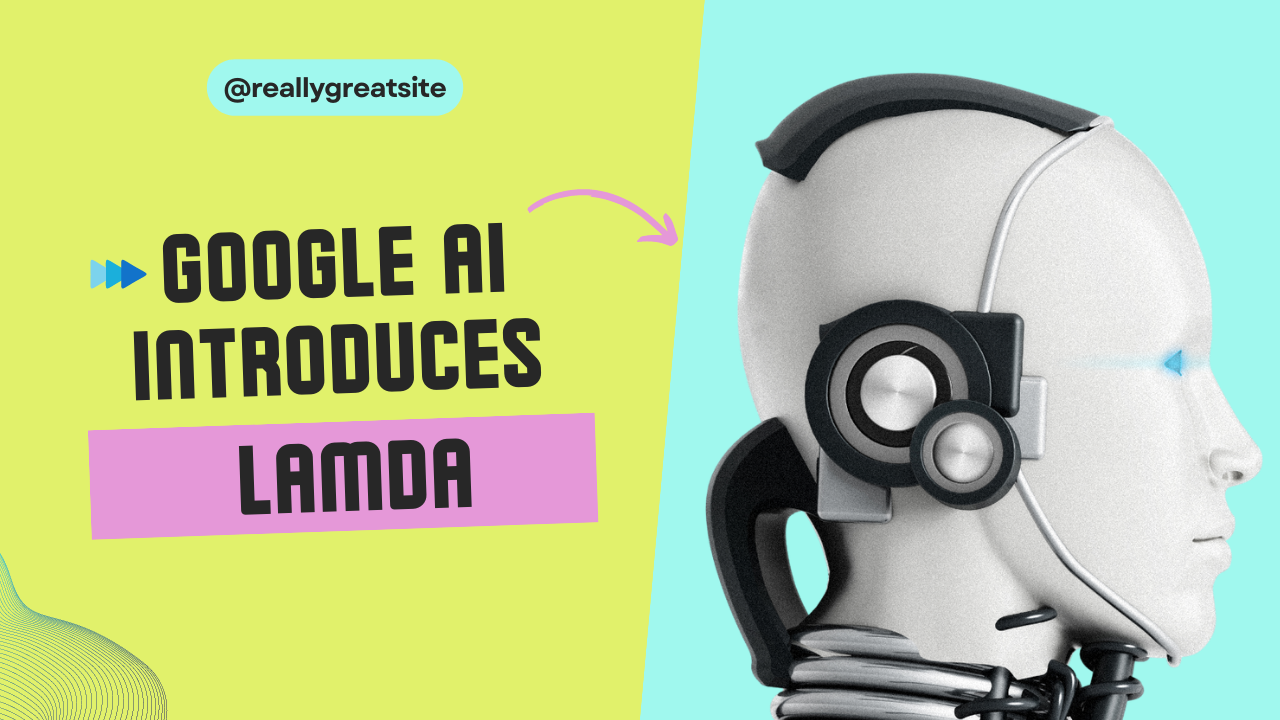
Google AI Introduces LaMDA: A Powerful Language Model for Dialogue Applications
Google AI Introduces LaMDA: A Powerful Language Model for Dialogue Applications
Google AI recently announced the release of LaMDA, a factual language model for dialogue applications. LaMDA is a large language model (LLM) that has been trained on a massive dataset of text and code. It can generate text, translate languages, write different kinds of creative content, and answer your questions in an informative way.
LaMDA is still under development, but it has already shown the ability to perform many kinds of tasks.
- Generate different creative text formats, like poems, code, scripts, musical pieces, email, letters, etc.
- Translate languages fluently.
- Answer your questions in an informative way, even if they are open ended, challenging, or strange.
- Follow your instructions and complete your requests thoughtfully.
LaMDA is a powerful tool that can be used for a variety of applications. For example,
- Create more engaging and informative chatbots.
- Improve the translation of text between languages.
- Generate new creative content, such as poems, code, scripts, musical pieces, email, letters, etc.
- Answer your questions in a more comprehensive and informative way.
LaMDA is still under development, but it has the potential to revolutionize the way we interact with computers. It could make computers more helpful, informative, and engaging. It could also help us to better understand the world around us.
Here are some of the benefits of using LaMDA:
- It can generate different creative text formats, like poems, code, scripts, musical pieces, email, letters, etc. This can be used to create more engaging and informative content.
- It can translate languages fluently. This can help people to communicate with each other more easily, regardless of their native language.
- It can answer your questions in an informative way, even if they are open ended, challenging, or strange. This can help people to learn new things and to better understand the world around them.
- It can follow your instructions and complete your requests thoughtfully. This can make computers more helpful and user-friendly.
Here are some of the potential applications of LaMDA:
- Chatbots: LaMDA could be used to create more engaging and informative chatbots. These chatbots could be used to provide customer service, answer questions, or even just chat with people for fun.
- Translation: LaMDA could be used to improve the translation of text between languages. This could help people to communicate with each other more easily, regardless of their native language.
- Education: LaMDA could be used to create new educational tools. These tools could help people to learn new things in a more engaging and effective way.
- Research: LaMDA could be used to help with research. For example, it could be used to analyze large datasets of text or to generate new hypotheses.
The future of LaMDA:
LaMDA is still under development, but it has the potential to revolutionize the way we interact with computers. It could make computers more helpful, informative, and engaging. It could also help us to better understand the world around us.
It is still too early to say what the future holds for LaMDA, but it is clear that this technology has the potential to change the world.
I hope you enjoyed this blog post about LaMDA, a powerful language model for dialogue applications.
